What is Shopper Marketing: Strategy, Insights & Examples
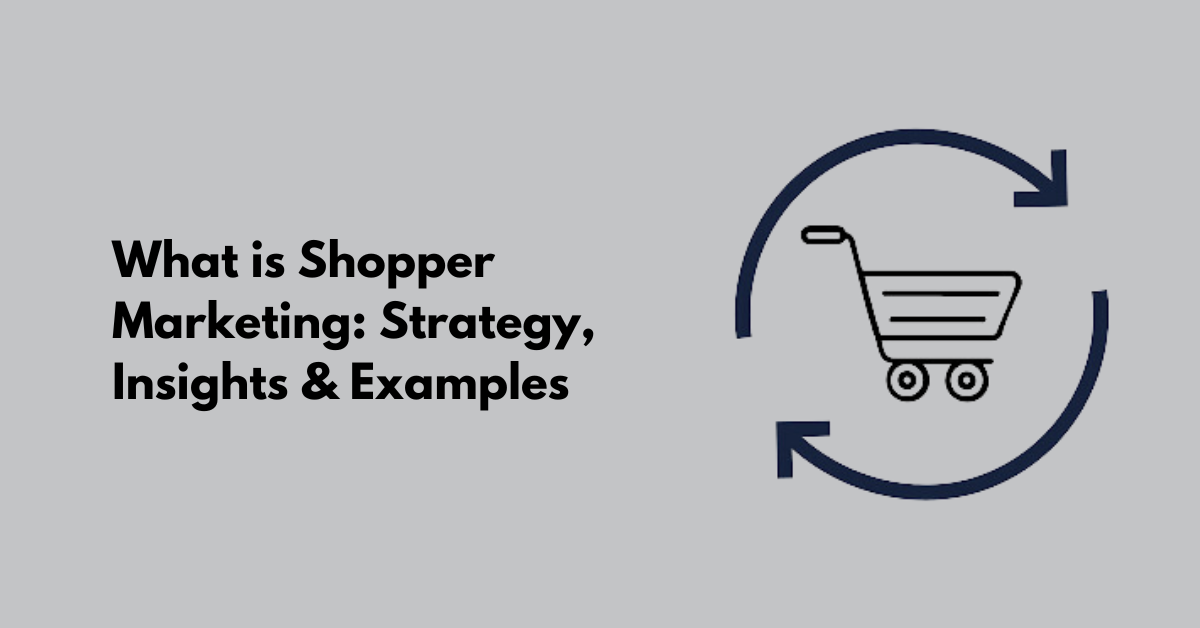
Shopper marketing has become a cornerstone strategy for businesses aiming to directly influence purchasing decisions at the point of sale. With studies showing that 70% of purchase decisions are made in-store or on e-commerce platforms, understanding and implementing effective shopper experience marketing techniques is more critical than ever.
This blog will delve into what shopper marketing entails, explore strategic approaches, provide valuable insights, and share real-world examples to illustrate how businesses can effectively reach and engage customers at crucial moments in their buying journey.
What is Shopper Marketing?
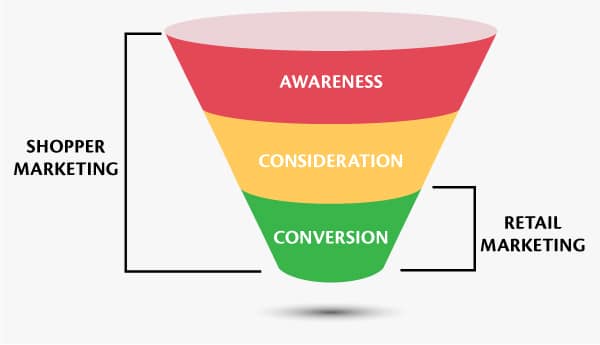
Shopper marketing is a focused approach designed to influence a consumer's decision-making process directly at the point of purchase. It involves strategies that are deployed in-store or on e-commerce platforms, where the goal is to affect the buyer’s journey as they are about to make a purchase. This type of marketing considers the shopper's behaviors, preferences, and triggers to create promotions and displays that effectively convert interest into sales.
The techniques include in-store displays, exclusive offers, and digital ads tailored to the buyer's location and shopping habits. The success of shopper marketing lies in its ability to deliver timely and compelling messages that resonate with consumers, driving immediate and measurable responses.
The Best Shopper Marketing Strategy
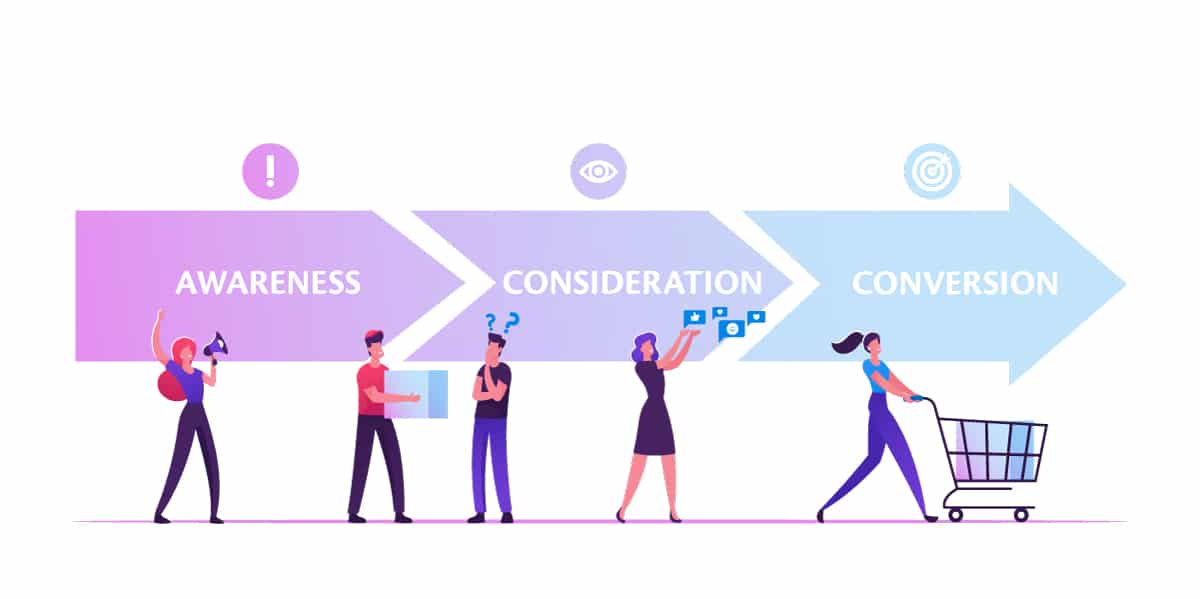
A highly effective shopper marketing strategy for today's rapidly evolving market involves a combination of personalized engagement and seamless integration of online and offline channels. Here are the key components of this strategy:
- Omnichannel Presence: Ensure your brand is consistently represented across all platforms, from physical stores to online marketplaces and social media. This unified approach helps maintain brand continuity and customer trust, regardless of where they choose to engage.
- Data-Driven Personalization: Utilize customer data collected through loyalty programs, browsing history, and purchase records to tailor marketing messages and offers. This targeted communication can be more relevant and appealing to individual shoppers, enhancing the likelihood of conversion.
- Enhanced In-Store Experience: Use technology such as augmented reality (AR) to create interactive and engaging in-store experiences. For example, AR mirrors or screens can show how a product would look in use, helping to reduce uncertainty and encourage purchases.
- Mobile Integration: Develop mobile-specific campaigns that offer convenience and value at the point of decision. This could include sending personalized discount codes or product information when a customer is near or in a store, leveraging geolocation technology.
- Social Proof and Influencer Partnerships: Leverage reviews, testimonials, and influencer content to build credibility and trust around your products. Showcasing real-life applications and endorsements can effectively persuade potential buyers.
- Post-Purchase Engagement: Follow up with customers post-purchase to thank them, offer additional support, and invite feedback. This not only enhances customer satisfaction but also fosters loyalty and encourages repeat business.
Shopper Marketing Insights

Shopper marketing trends or insights are crucial for understanding how to reach and influence consumers at critical decision points in their purchase journey. Here’s a detailed look at innovative strategies that align with the latest consumer trends and technological advancements:
- Geo-Targeted Mobile Campaigns: Develop mobile marketing campaigns that trigger when customers are near your store or a competitor's location. These could involve sending personalized offers or discounts directly to their mobile devices, encouraging them to visit your store or website.
- Virtual Reality (VR) Experiences: Implement VR in stores to create immersive product demonstrations or experiences. For example, a VR setup could simulate the experience of using a product in a real-world scenario, helping customers make informed decisions by virtually 'experiencing' the product before buying.
- Advanced Customer Segmentation: Utilize machine learning algorithms to analyze customer data and identify unique buying patterns. Create highly targeted campaigns that cater to the specific needs and preferences of different segments, improving the relevance and effectiveness of your marketing efforts.
- Integrated Customer Journeys: Ensure a seamless transition between online and offline channels. Use online behavior data to influence in-store displays and offers, and vice versa, creating a unified shopping experience that leverages insights gathered across all platforms.
- Dynamic Content Displays: Use digital displays in-store that change content based on who is viewing them. These smart displays can detect customer demographics or even individual customers (if they opt-in) and show tailored advertisements or product information that matches their interests and past behavior.
- Sustainability-Driven Promotions: As more consumers prefer to purchase from environmentally responsible brands, use shopper insights to craft marketing messages that highlight the sustainability of your products. This could involve special promotions for eco-friendly products or interactive educational content about your brand's sustainability efforts.
- Emotion Detection Technology: Implement technology that can read customer emotions based on facial expressions or voice tones (where permitted). This can help tailor in-store services or promotions in real-time, depending on the customer’s mood and likely receptiveness.
Shopper Marketing Tactics
Shopper marketing tactics are essential for engaging customers effectively at crucial touchpoints. Here are some innovative strategies that can be implemented to enhance shopper marketing efforts:
- Cross-Channel Messaging Consistency: Ensure your marketing messages are consistent across all channels, whether online, in-app, or in-store. This coherence helps reinforce your brand message and makes the shopping experience smoother for customers.
- Use of Location-Based Services: Implement location-based services to target customers with tailored messages and offers when they are near your store or a competitor’s. This can include sending discount alerts or exclusive offers to their mobile devices, encouraging them to visit.
- Dynamic Pricing: Apply dynamic pricing strategies that adjust prices in real-time based on demand, competition, and inventory levels. This approach can be particularly effective in online environments, where price comparisons are frequent and can significantly influence purchasing decisions.
- Enhanced In-Store Experience: Leverage technology like augmented reality (AR) to create engaging in-store experiences. For example, AR mirrors in cosmetic stores that allow customers to try on products virtually or interactive screens that provide detailed product information and reviews when a customer scans a product.
- Personalized Recommendations: Utilize AI to analyze customer data and provide personalized product recommendations across ecommerce platforms. These could be based on their past browsing and purchase history, enhancing the relevance of suggestions and increasing the likelihood of purchase.
- Incentivize Feedback and Reviews: Encourage customers to leave reviews by offering incentives such as future discounts or loyalty points. Reviews not only provide valuable feedback but also help other customers make informed decisions, boosting confidence in your products.
- Gamification: Integrate elements of gamification into the shopping experience, such as loyalty programs that offer points, badges, or levels. This tactic not only increases engagement but also encourages repeat visits and purchases.
Shopper Marketing with AI

Shopper marketing with AI, particularly through AI shopping assistant like Manifest AI, leverages advanced algorithms to enhance and personalize the shopping experience. Here’s how Manifest AI can transform shopper marketing:
- Personalized Product Recommendations: Manifest AI analyzes individual customer data to offer tailored product suggestions. By understanding past purchases, browsing behavior, and customer preferences, the AI delivers relevant recommendations that are more likely to result in a sale.
- Predictive Behavior Modeling: The AI uses historical data to predict future buying behaviors. This allows businesses to anticipate customer needs and adjust their marketing strategies accordingly, such as stocking up on certain products or offering targeted promotions at optimal times.
- Customer Engagement Optimization: Manifest AI can automate customer interactions, providing timely and context-sensitive communications. For example, if a customer often buys certain items, the AI can send reminders or offer discounts on these products just as they are likely to need replenishing.
- Efficiency in A/B Testing: AI can quickly analyze the results of A/B tests on different marketing strategies, determining what works best for various segments of the customer base. This speeds up the process of optimizing marketing campaigns, ensuring resources are effectively allocated.
- Real-Time Analytics: With AI, companies can monitor shopper behavior in real-time, gaining immediate insights into the effectiveness of their marketing strategies. This helps adjust tactics on the fly, enhancing the ability to capture sales opportunities as they arise.
- Enhanced Customer Journeys: By integrating with e-commerce platforms, Manifest AI ensures that every touchpoint in the customer journey is optimized. From the homepage to checkout, AI ensures that marketing messages are personalized and shopping experiences are streamlined.
Shopper Marketing Examples
Shopper marketing effectively utilizes various strategies to enhance customer experiences and influence purchase decisions. Here’s how an AI shopping assistant like Manifest AI can be integrated into shopper marketing efforts, with specific examples:
Personalized Greetings and Offers
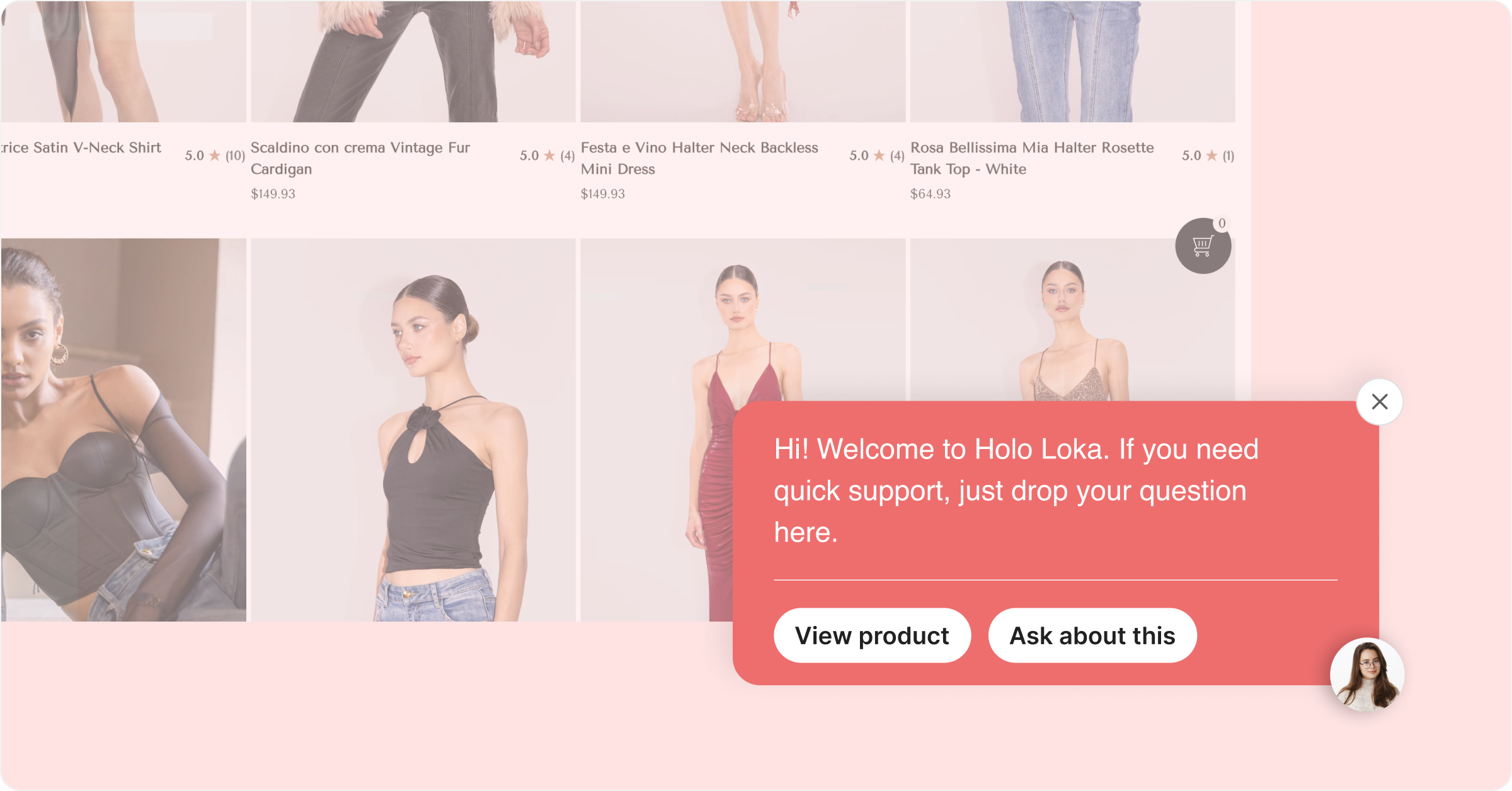
Manifest AI can recognize returning customers on an ecommerce platform and greet them with personalized messages based on their previous shopping behavior. For instance, if a customer frequently purchases organic skincare products, Manifest AI could offer a special discount on their next purchase in that category.
Real-Time Product Recommendations

While customers browse online, Manifest AI can analyze their interactions and immediately suggest products that align with their interests. For example, if a customer is looking at running shoes, the AI might recommend high-performance athletic socks or fitness apparel as complementary products.
Automated Reminders for Cart Abandonment
.png?imwidth=1280)
If a customer adds items to their cart but leaves the site without purchasing, Manifest AI can send a timely reminder via email or mobile notification. The reminder could include a small discount or free shipping to encourage completion of the purchase.
Interactive Quizzes for Tailored Shopping

Manifest AI can offer interactive quizzes to understand customer preferences more deeply, such as determining their skin type or favorite clothing styles. The results are then used to curate a personalized list of products, enhancing the likelihood of a purchase.
Feedback Collection and Analysis
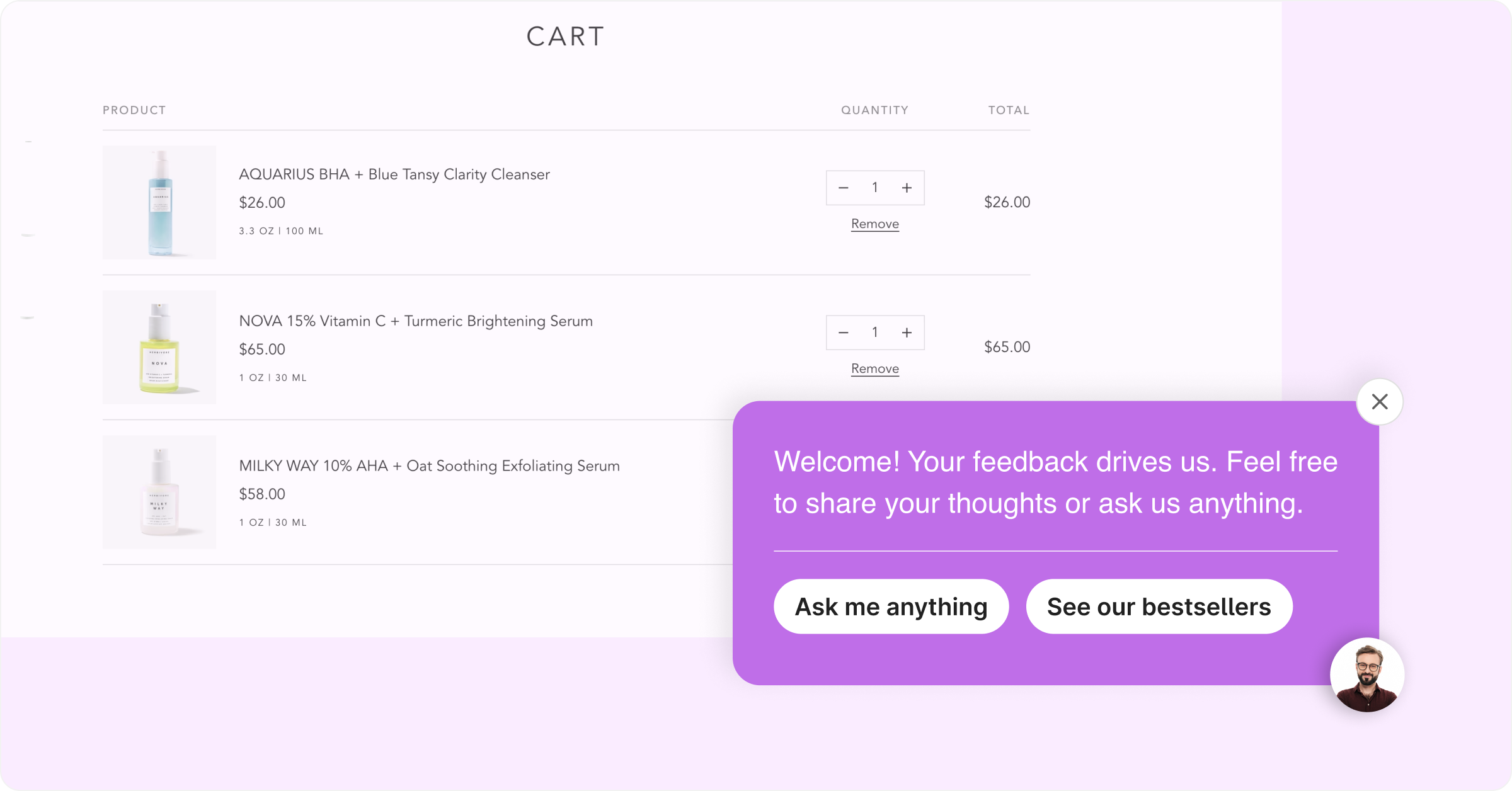
After a purchase, Manifest AI can solicit feedback through a simple, engaging interface, asking customers to rate their shopping experience and the products bought. This data is invaluable for improving future marketing strategies and product offerings.
Conclusion
Shopper marketing is a powerful strategy designed to influence consumer behavior at the point of purchase. It integrates insights about shopper behaviors with marketing tactics to enhance the shopping experience and drive sales. Successful shopper marketing involves understanding customer needs, tailoring promotions to different retail environments, and leveraging digital tools for personalized engagement.
Examples of effective shopper marketing include targeted in-store displays, online coupons, and loyalty programs. By aligning marketing efforts with shopper preferences, brands can significantly boost their market presence and profitability.

.png)
